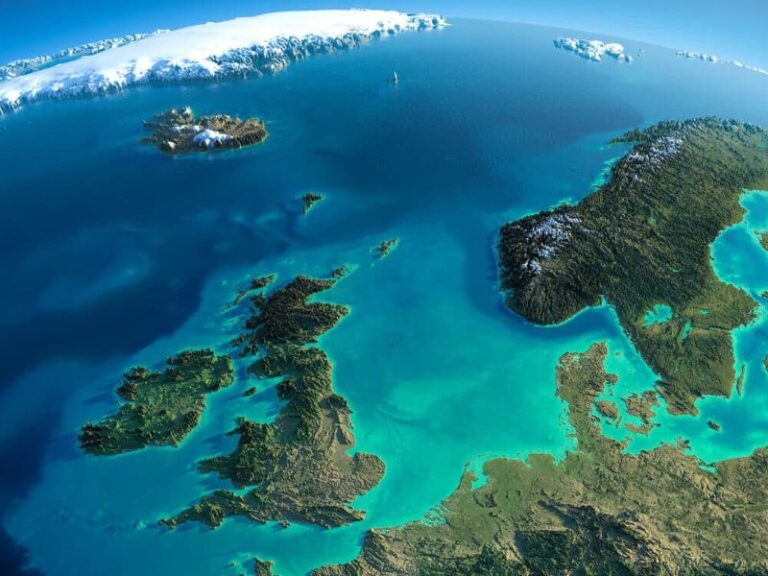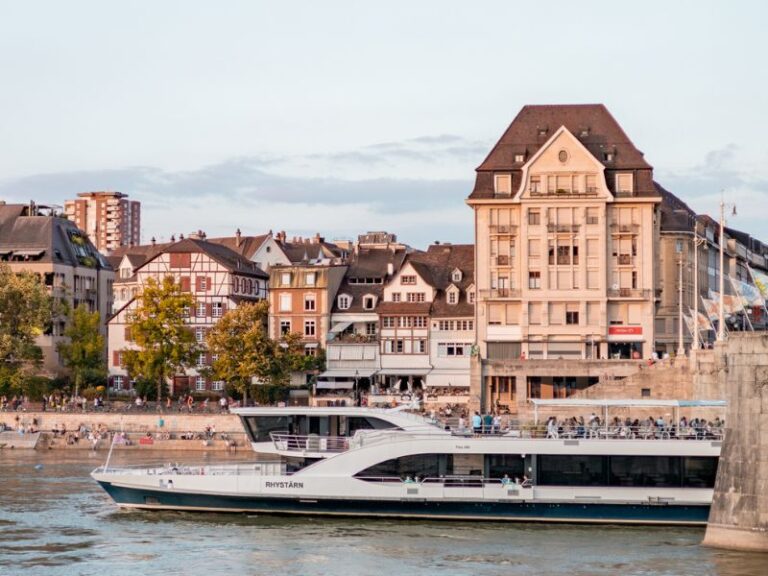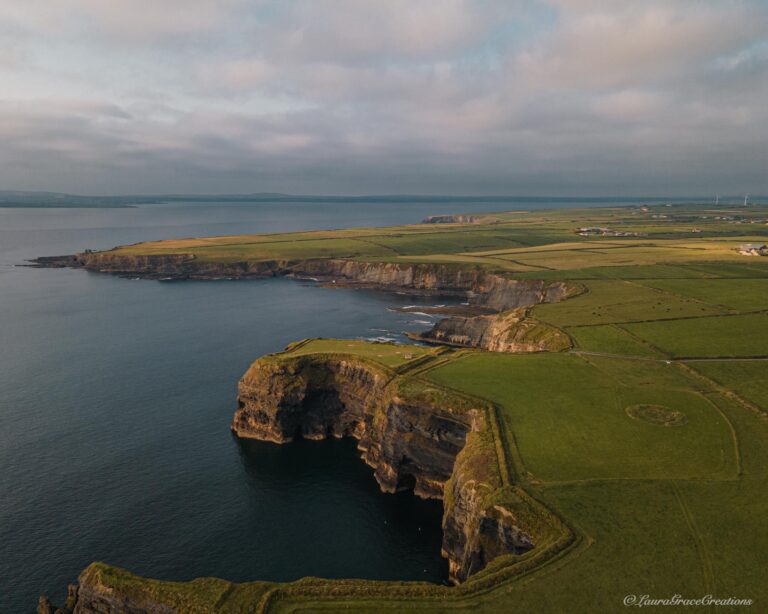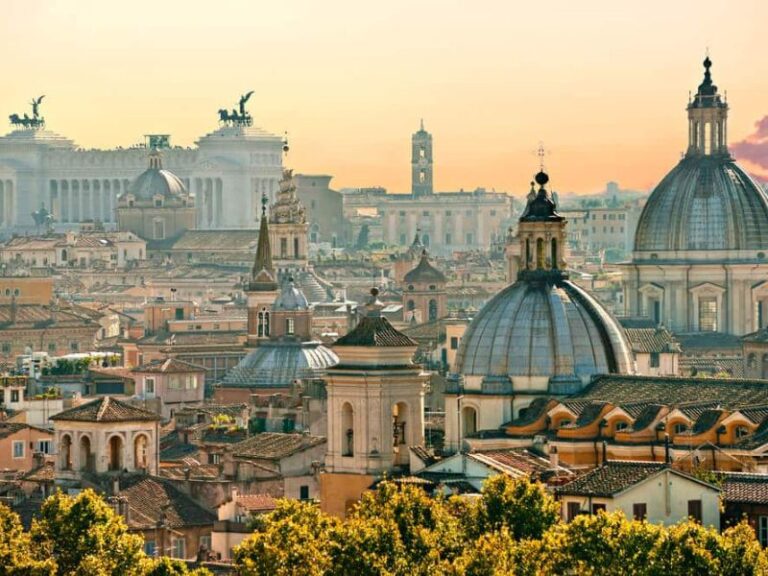Where is Lisbon? (A 2024 location travel guide)
Live Adventure Travel contains affiliate links and is a member of the Amazon Services LLC Associates Program. If you make a purchase using one of these Amazon links, I may receive compensation at no extra cost to you. See my Disclosure Policy for more information.
Lisbon is without a doubt one of the best places in Europe to visit. This city, which is the capital of Portugal, has become a popular tourist spot because of its beautiful architecture, delicious food, and lively culture.
Yet, you may be wondering before you plan your trip… Where is Lisbon?
We see this fantastic city on our TV screens, computers, and in cinemas, but we may not be familiar with exactly where it is situated.
So, today we are going to find out!

Section 1: The Location of Lisbon
In this section, we are going to discuss the location of Lisbon. Where it is, how to get there, and commonly asked questions about the city’s location.
What country is Lisbon in?
Portugal’s vibrant capital, Lisbon, is well-known for its amazing scenery, elegant culture, and famous sites like the nearby Pena Palace in Sintra, the Belem Tower, and the Jeronimos Monastery.
It is located in Portugal’s western region and stretches along the beautiful Atlantic Ocean coast.
Much like Rome, the city is perched on seven hills: São Jorge, São Vicente, São Roque, Santo André, Santa Catarina, Chagas, and Sant’Ana. This gives it a picturesque backdrop.
Numerous vantage points, or “miradouros,” are available on top of these hills, providing vast views of the city and the shimmering ocean beyond.
What region is Lisbon in?
Lisbon actually has it’s own region, which of course contains the famous city known for it’s hilly terrain, bustling cafés, and soulful fado music.
The Lisbon District stretches along the Atlantic coast of south-central Portugal and also includes the beautiful towns of Estoril and Cascais, known for their lush sandy beaches and charming centers.
Also, the region is famous for Sintra, a beautiful national park known for its castles, palaces, and magical atmosphere. Walking around the park makes visitors feel as if they stepped straight into a fairytale.
How do you get to Lisbon?
There are many different ways to get to Lisbon, depending on where you are travelling from.
✈️ For those arriving by plane, it is best to fly into Lisbon Portela Airport, which is located only 7km from the city center. Getting from the airport to the city is rather affordable, with options such as the metro, bus, or Uber.
🚊 If you are travelling by train, there are direct connections to Lisbon from major cities all over Europe. The city’s main train station is Santa Apolónia which connects to cities like Madrid, Barcelona, Paris, and Porto.
🚌 For those travelling by bus, there are also direct connections to Lisbon from many European cities. The main bus station is located at Sete Rios and connects to destinations such as Seville, Madrid, and Paris.
🛳️ Another unique way to arrive in Lisbon is by cruise ship. The city’s port is one of the busiest ports in Europe, with regular stops from major cruise lines such as Royal Caribbean, MSC Cruises, and Norwegian Cruise Line.
🚗 For those travelling by car, there are well-maintained highways connecting Lisbon to other major cities in Portugal and Spain. The city also has a good public transportation system with affordable options such as buses, trams, and the famous yellow tram 28.
⛴️ You can also arrive in Lisbon via ferry from destinations such as the Azores and Madeira Islands.
Is Lisbon in Europe?
Yes, Lisbon is very much part of Europe. It is the capital of Portugal, which is located in the southwestern part of the continent.
In fact, it is the most western capital on mainland Europe!
The stunning city not only offers visitors an insight into their own history and culture but also the opportunity to relax and enjoy the coastal views of the Atlantic.
With its charming and colourful architecture, delicious food, and warm climate, Lisbon is a popular destination for travellers from all over the world.
How far is Lisbon from other cities and towns?
Lisbon is conveniently situated near several charming cities that are worth exploring.
- Sintra: Just a 40-minute train ride from Lisbon, Sintra is renowned for its 19th-century Romantic architecture and lush gardens. It’s the perfect day trip for those looking to explore historic palaces and enjoy breathtaking views.
- Cascais: A seaside resort town just a 30-minute train ride from Lisbon. Cascais offers beautiful beaches, a charming old town, and the famous Boca do Inferno sea cliff.
- Porto: Portugal’s second-largest city, Porto, is easily accessible from Lisbon by train or car, with the journey taking around 3 hours. Famous for its riverside charm and Port wine production, it’s a must-visit.
It is also possible to easily visit some well-known Spanish cities from Lisbon:
- Madrid: Spain’s bustling capital is just a 1-hour flight or a 6-hour drive from Lisbon, perfect for a quick getaway. Madrid is known for its vibrant nightlife, stunning architecture, and world-class museums.
- Seville: A 4-hour drive or a quick flight from Lisbon, Seville in Spain offers an exciting mix of flamenco dancing, historic landmarks, and delicious tapas.
Each of these cities is easily accessible by public transportation from Lisbon, making them perfect for day or weekend trips.
Is Lisbon in the EU?
Indeed, Lisbon is located in Portugal, which is a member of the European Union (EU).
Lisbon adopts the Euro as its currency and adheres to EU regulations.
Citizens of other EU nations can now travel to Lisbon more easily because they do not need to worry about currency exchange and can use their national identity card in place of a passport.
However, non-EU citizens will need to have a valid passport and may require a visa, depending on their country of origin.
Is Lisbon in the Schengen Zone?
Indeed, Lisbon, being in Portugal, is part of the Schengen Zone. This zone consists of twenty-six European nations that have done away with passports and other forms of border control at their shared borders.
This makes it easier for tourists to visit Lisbon and other Schengen nations because it allows them to move freely within the Schengen Zone with just one visa.
But bear in mind that, depending on your nationality, the length of stay and entry requirements may change. Make sure you have the appropriate travel documents before you leave on any trip.

Section 2: The Historic Impact of Lisbon’s Location
Lisbon has had a great historic impact on both Europe as a continent and the world.
Portugal is known for it’s explorations, which established great sea routes to Africa, Asia, and the Americas in the 15th and 16th centuries.
A significant earthquake that struck Lisbon in 1755 also contributed to the development of modern seismology and earthquake engineering.
Since it joined the EU in 1986, Lisbon has become a major political and economic hub in Europe. It has been the site of many international conferences and EU institutions.
| Related Post: Does it snow in Lisbon? |
Section 3: Lisbon Location Impact on the Modern World
Lisbon’s geographic location is still very important in the modern world. As it is on the western border of Europe, this place is a hub for travel between many countries and continents. Lisbon is now recognised as a key city for trade and international relations as a result.
Millions of tourists visit this place every year due to its stunning coastlines, which have made it a well-liked vacation spot for those who enjoy water sports and beaches.
Because of its Mediterranean climate, which maintains mild to warm temperatures year-round, the city is increasingly popular as a travel destination in Europe.Section 4:
Unique Features of Lisbon Location
Lisbon stands out from other cities due to a number of unique features caused by the location of the city. First of all, it sits atop seven picturesque hills that make up the structure of the city, providing stunning views and adding to the city’s steep terrain.
The Tagus River divides the city in the middle and serves as a vital waterway for trade and tourism.
And then, Lisbon’s closeness to the Atlantic Ocean gives it easy access to seaports. Which evidently influences Lisbon’s cultural diversity. Leading to the city having many influences from both the sea and the land.

Section 5: Where is Lisbon located? FAQ
Is Lisbon in Spain or Portugal?
Lisbon is in Portugal, not Spain. Although many people do mix their cities up due to their close proximity,
Portugal and Spain are distinct nations with their own unique cultures, traditions, and languages.
Which part of Portugal is Lisbon located?
Lisbon is located in the western part of Portugal. Specifically, it’s situated towards the westernmost part of mainland Europe, right on the coast of the Atlantic Ocean.
Is Lisbon an expensive city?
Generally speaking, Lisbon is a rather adorable city to visit for tourists. Especially compared to other European capitals such as Rome or Dublin.
Of course, how much a visitor spends on one trip greatly depends on their spending habits. Basically, Lisbon can be as expensive or affordable as you make it.
Is Lisbon part of the Algarve?
No, Lisbon is not part of the Algarve. While both Lisbon and the Algarve are in Portugal, they are different regions.
Lisbon is the capital city of Portugal and is located in the western part of the country, while the Algarve is a popular tourist region located in the southernmost part of Portugal, known for its beautiful beaches and warm climate.
Is Lisbon near the sea?
Lisbon is indeed close to the sea. Due to its Atlantic coast location, the city has breathtaking ocean views and an average climate that is regulated by the sea breeze.
Being close to the ocean has had a big impact on Lisbon’s history and culture, especially when it comes to its maritime activities and seafood-heavy food.
Millions of tourists visit the city every year because of its beautiful surroundings and seaside charm.
Can you walk to the beach from Lisbon?
Yes, it is possible to walk to the beach from Lisbon, but not from the city centre.
The city’s closest beach, Praia de Carcavelos, is approximately 15 miles from the city center, which would be a rather long walk.
Yet, it is easily accessible via a quick and scenic train ride. You can get away from city life, enjoy the Portuguese sun, and listen to the waves of the Atlantic.
What beach town is 30 minutes from Lisbon?
The beach town that is around a 30-minute train ride from Lisbon is called Cascais.
It is a charming coastal town known for its sandy beaches and bustling marina. Its beautiful 19th-century architecture, narrow, winding streets, and relaxed seafront vibe make it a popular destination for both tourists and locals alike.
What kind of climate does Lisbon get?
Lisbon has a Mediterranean climate with warm, dry summers and moderate, rainy winters.
The city’s close proximity to the Atlantic Ocean has a significant impact on its climate, which helps to moderate temperatures all year long.
The average annual temperature is roughly 17–18°C (63–64°F), with mid– to high–20°C (70–80°F) temperatures typically recorded during the summer months of June through September.
On the other hand, the winter months are typically mild, with very few days below 8°C (46°F).
Due to its mild climate and sunny days, Lisbon is a popular place to visit all year round.
How does Lisbon’s location impact its economy?
Lisbon’s economy is greatly influenced by its convenient position along important maritime routes on the Iberian Peninsula’s western coast.
It is an essential port of entry into the Atlantic, supporting an efficient maritime industry covering shipping, fishing, and other related services.
A succeeding tourism industry is further supported by the region’s stunning coastal location, Mediterranean climate, and plenty of historical and cultural landmarks.
What currency do they use in Lisbon?
The official currency used in Lisbon, like the rest of Portugal, is the euro (€). It is one of the 19 countries that use the euro as their official currency, being part of the Eurozone.
What is the population of Lisbon?
When considering the wider Lisbon Metropolitan Area, which includes neighboring cities and suburbs, the population exceeds 3 million people. This represents more than a quarter of Portugal’s total population, making Lisbon not only the political capital but also the populous heart of the nation.
Is Lisbon safe to visit?
Generally speaking, Lisbon is considered to be a safe city for tourists. Like any major city, it has its share of petty crime such as pickpocketing or bag snatching, particularly in crowded areas or on public transport. However, violent crime is relatively rare.





